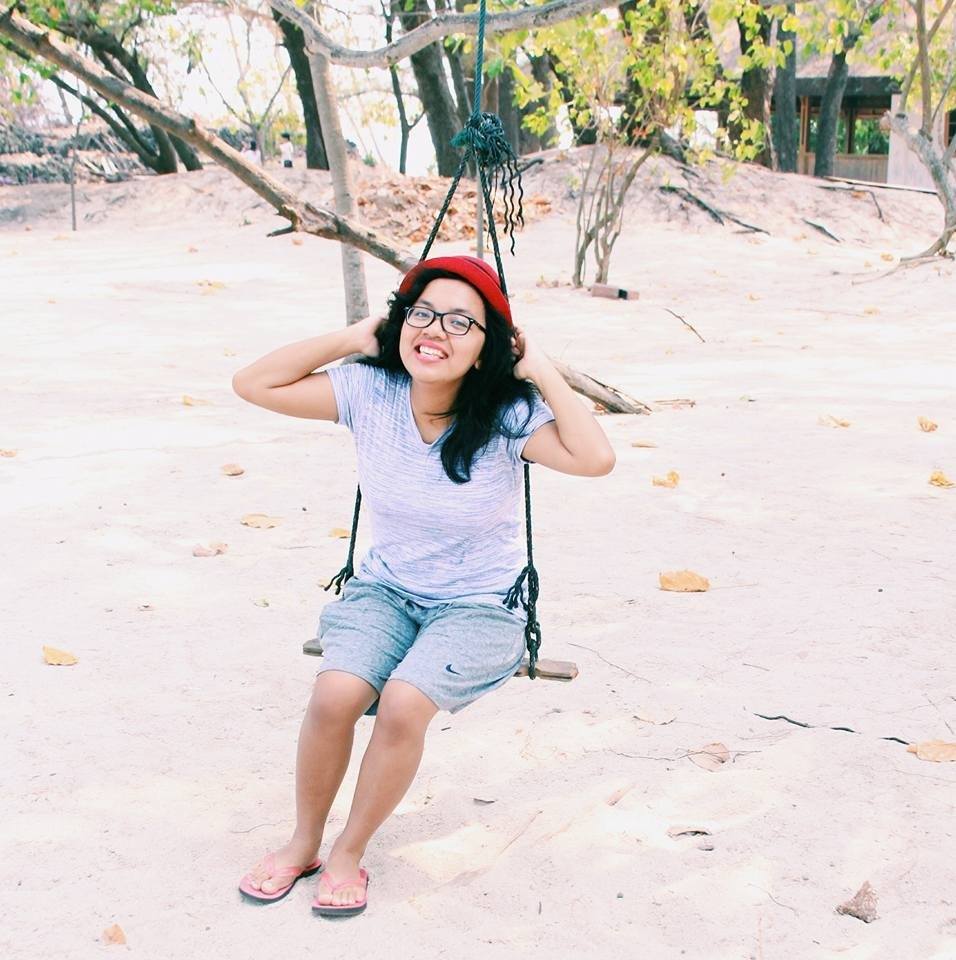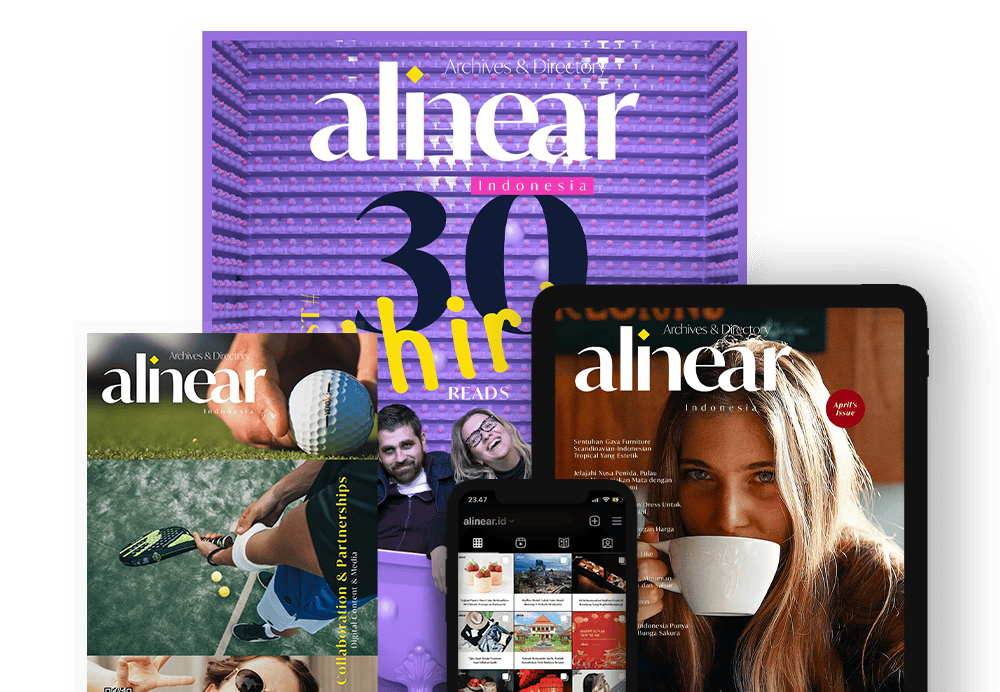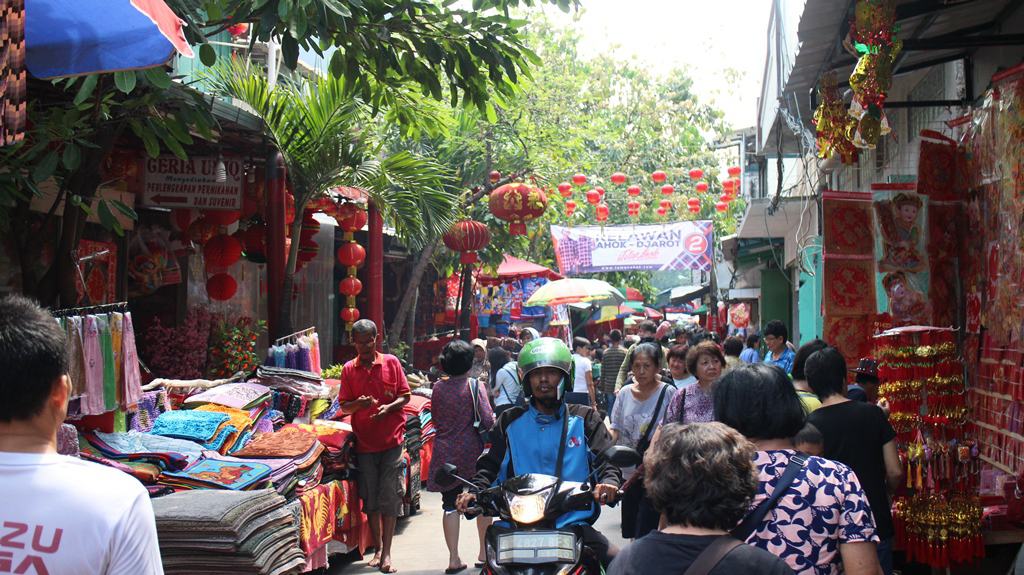
"Did you know that the Glodok area, West Jakarta, has a long history? Check below!"
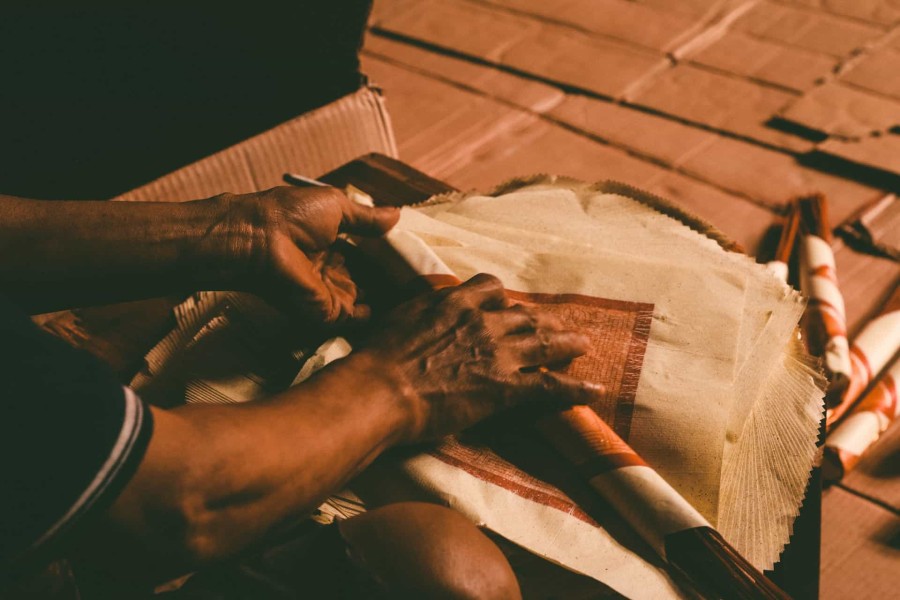
Photo by Pradamas Gifarry on Unsplash
1. Pasar Petak Sembilan
Your journey to explore Glodok can start here, a traditional market with Chinese nuances which is famous for its name Petak Sembilan. There are many unique here. First, the area in Petak Sembilan is divided into two parts, namely the dry part and the wet part. In the wet section, you will find sellers of vegetables, fruits, and meat. Meanwhile, in the dry section, you can buy various types of cakes, candies, and other dry snacks. Uniquely, in this market, there are also sellers that you might not find in other markets. Like traders who sell frog meat to turtles (turtles with soft shells).
2. Kelenteng Dharma Bhakti (Vihara)
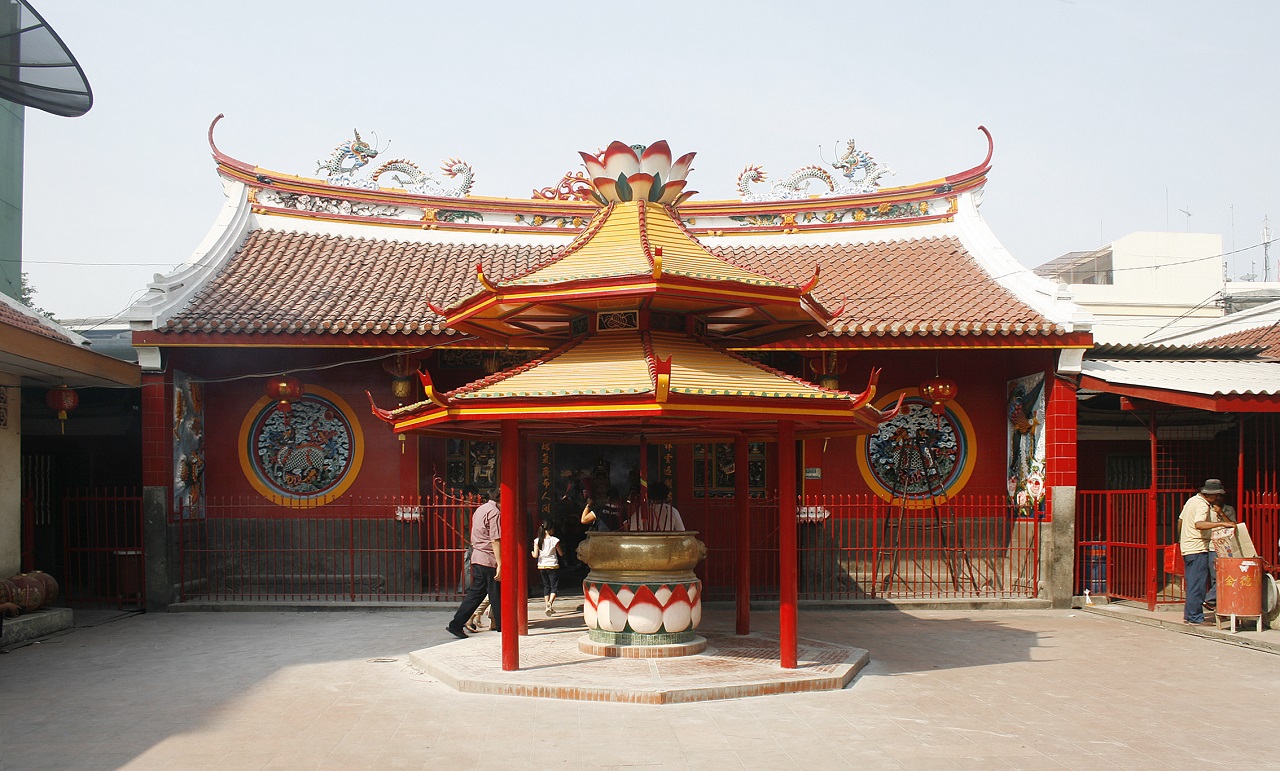
Photo Source: https://id.wikipedia.org/wiki/Kim_Tek_Ie
3. Gereja Santa Maria De Fatima
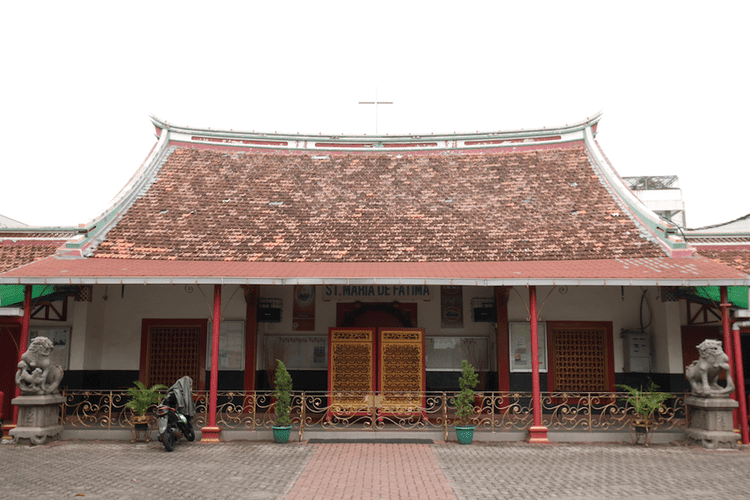
Photo source: Travel Kompas
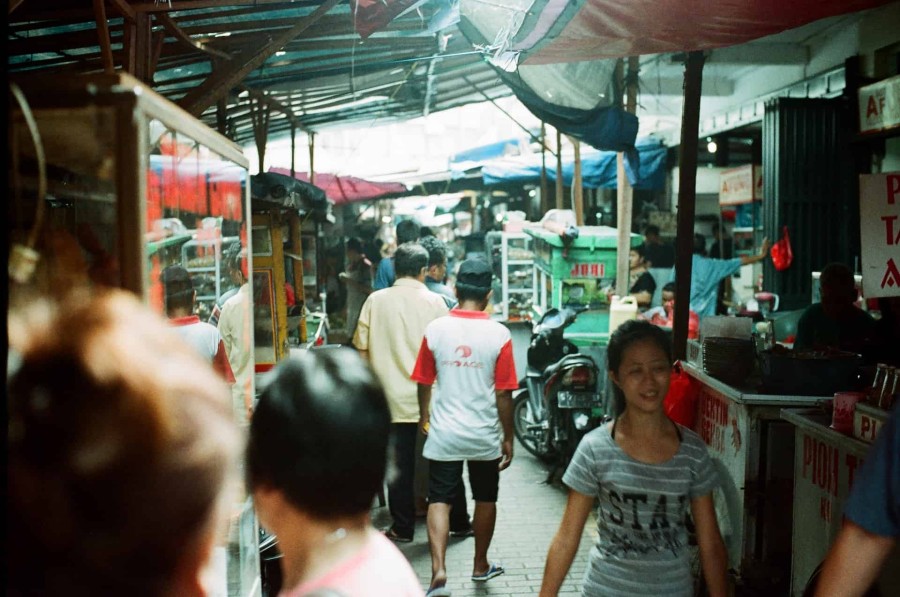
Photo by anthoni askaria on Unsplash
Crossing Jalan Pancoran, try to explore the Gang Gloria area. This alley is officially named Jalan Pintu Besar Selatan III Number 4-6 Pancoran. At the entrance, you will see several Chinese sweets and sweets sellers. In Gang Gloria, there are many choices of typical Chinese culinary delights, such as Sup Pi Oh (a Taoco-spiced soup made from turtledoves or turtles), Soto Betawi, fruit vendors, Toko Kawi, and Gloria Foodcourt. There is one place that you must try when you visit Gloria Foodcourt, namely Mie Kangkung Si Jangkung.
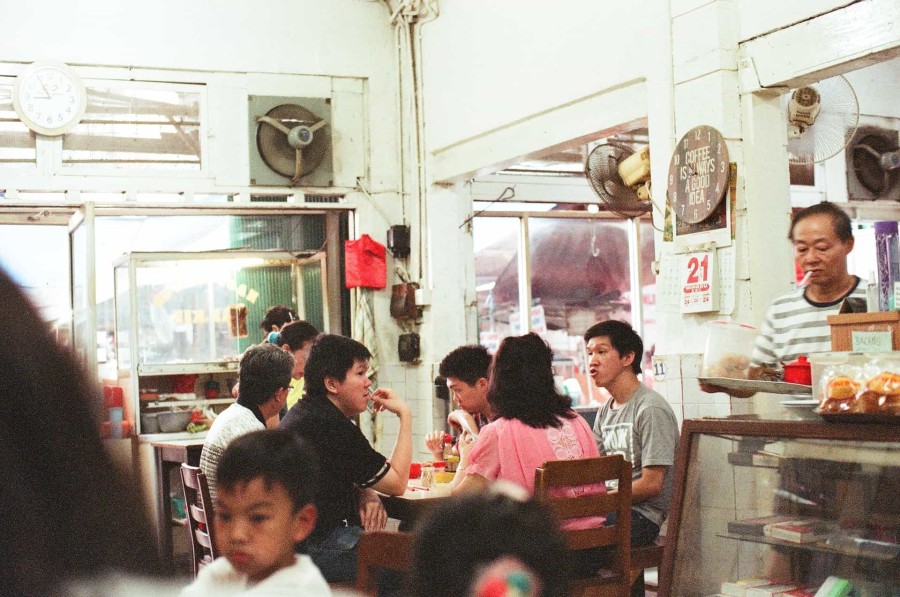
Photo by anthoni askaria on Unsplash
4. Kopi Es Tak Kie
For coffee lovers, Es Tak Kei Coffee Shop is a must-visit place in Gang Gloria, Glodok. Apart from being an old coffee shop that has been around since 1927, there is also a variant of coffee that you won't find in any coffee shop. Even Joko Widodo had visited this coffee shop when he was still the Governor of DKI Jakarta.










